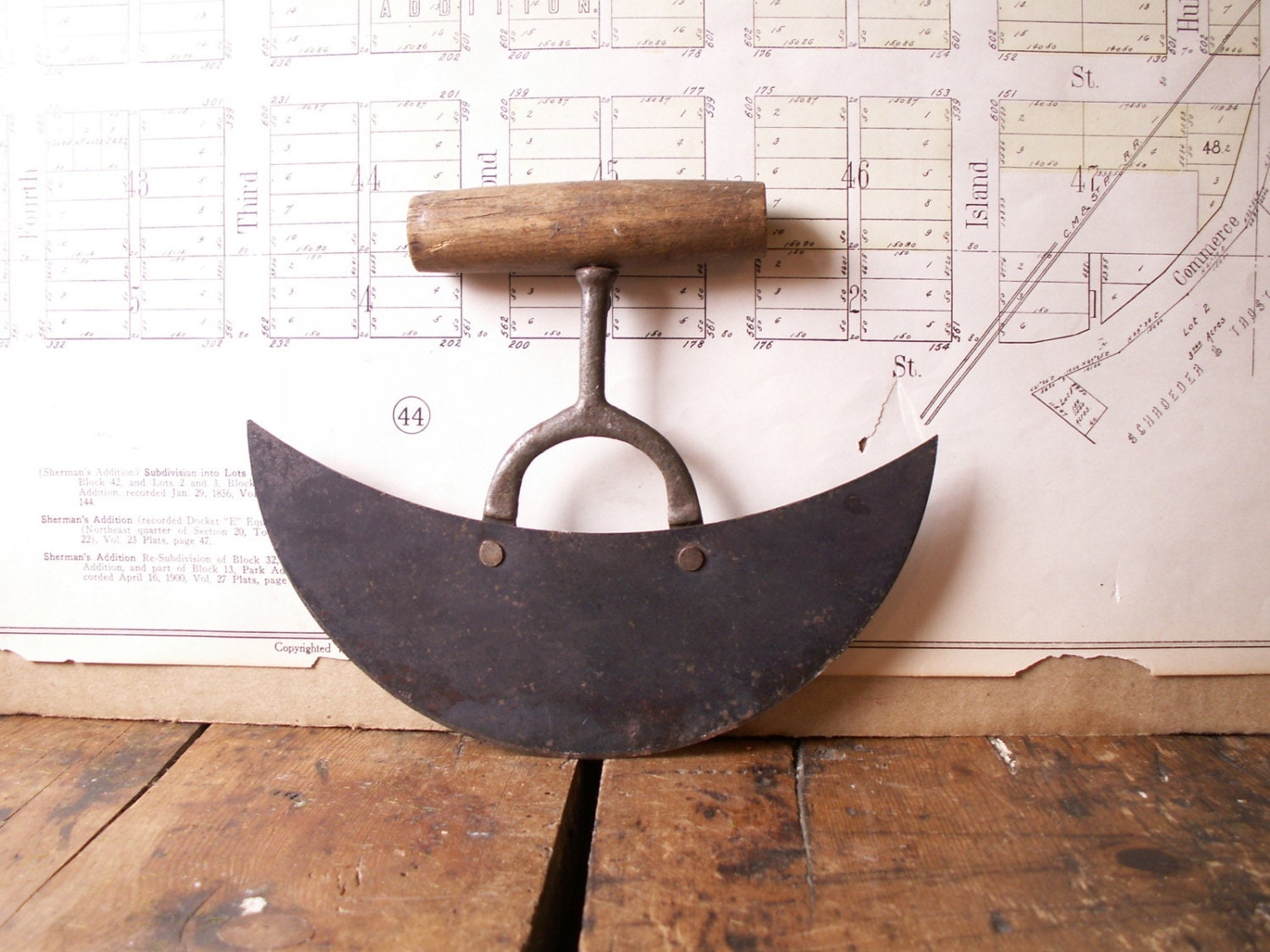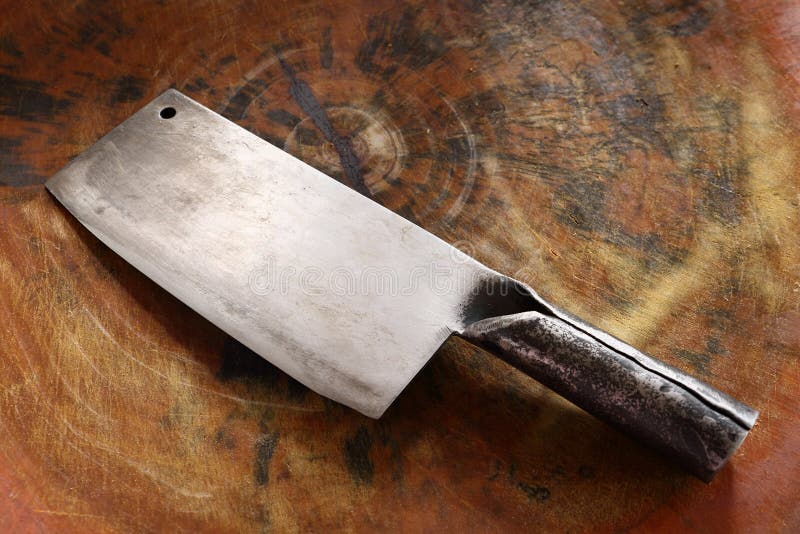

Tracking and insurance is an optional extra costing 3.80$ available during checkout. I only charge 1 $ over the French postal cost, this is to cover materials and time. I ship items using "la Poste"s cheapest international postal rates, but this does not include tracking or insurance ( to keep the cost down as postage in France is reasonably expensive) I use recycled cardboard packaging ( but in perfect condition) and new bubble wrap, for fragile items I line the box with polystyrene. Contact me to arrange payments Shipping from France I operate a Layaway scheme, although I require a 30% deposit and this is not refundable. I require payment within 7 days of purchase. I also accept bank transfers and cheques in Euros or Sterling. įor butchering tasks and to prepare boned meats, there is a heavier Chinese "cleaver", used in similar fashion to the Western one.I accept payment via Pay Pal or Etsy Payment. However Chinese chef knives are much thinner in cross-section and are intended more as general-purpose kitchen knives, and mostly used to slice boneless meats, chop, slice, dice, or mince vegetables, and to flatten garlic bulbs or ginger while also serving as a spatula to carry prepared ingredients to the wok. The Chinese chef's knife is frequently incorrectly referred to as a "cleaver", due its similar rectangular shape. In explaining his ideal of junzi, Kǒng Fūzǐ remarked "Why use an ox-cleaver to carve a chicken?" on the futility of the common people seeking to emulate noblemen. When asked how he did so, he replied that he did not cut through the bones, but rather in the space between the bones.
#ANTIQUE CHOPPER KNIFE MANUAL#
Cleavers can also be used in preparation of hard vegetables and other foods, such as squash, where a thin slicing blade runs the risk of shattering.Ĭleavers are not used for cutting through solid, thick and hard bones – instead a bone saw, either manual or powered, is used.Ĭleavers occur with some frequency in traditional Chinese thought.Ī story from the Zhuangzi on the proper use of a cleaver tells of a butcher who effortlessly cut ox carcasses apart, without ever needing to sharpen his cleaver. With a chicken, for example, it can be used to chop through the bird's thin bones or to separate ribs.

Use Ĭleavers are primarily used for cutting through thin or soft bones and sinew. A butcher does not typically lay them flat, as the blade may dull or get damaged. Some cleavers have a small hole, at the top front corner, for hanging them on a wall.
#ANTIQUE CHOPPER KNIFE CRACK#
The tough metal and thick blade of a cleaver also make it a suitable tool for crushing with the side of the blade, whereas some hard, thin slicing knives could crack under such repeated stress. The grind for a meat cleaver, at approximately 25°, is much blunter than for other kitchen knives.

Because of this, the edge of a meat cleaver does not need to be particularly sharp – in fact, a knife-sharp edge on a cleaver is undesirable. Part of the momentum derives from how hard the user swings the cleaver, and the other part from how heavy the cleaver is. In use, it is swung like a meat tenderizer or hammer – the knife's design relies on sheer momentum to cut efficiently to chop straight through rather than slicing in a sawing motion. This resilience is accomplished by using a softer, tougher steel and a thicker blade, because a harder steel or thinner blade might fracture or buckle under hard use. In contrast to other kitchen knives, the cleaver has an especially tough edge meant to withstand repeated blows directly into thick meat, dense cartilage, bone, and the cutting board below. "Cleaver" was commonly spelled clever in the late 17th century. Tools described as cleavers have been in use since the Acheulean period. The knife's broad side can also be used for crushing in food preparation (such as garlic) and can also be used to scoop up chopped items. It is largely used as a kitchen or butcher knife and is mostly intended for splitting up large pieces of soft bones and slashing through thick pieces of meat. A cleaver in use, being used to cut pork chops from a loin of porkĪ cleaver is a large knife that varies in its shape but usually resembles a rectangular-bladed hatchet.


 0 kommentar(er)
0 kommentar(er)
